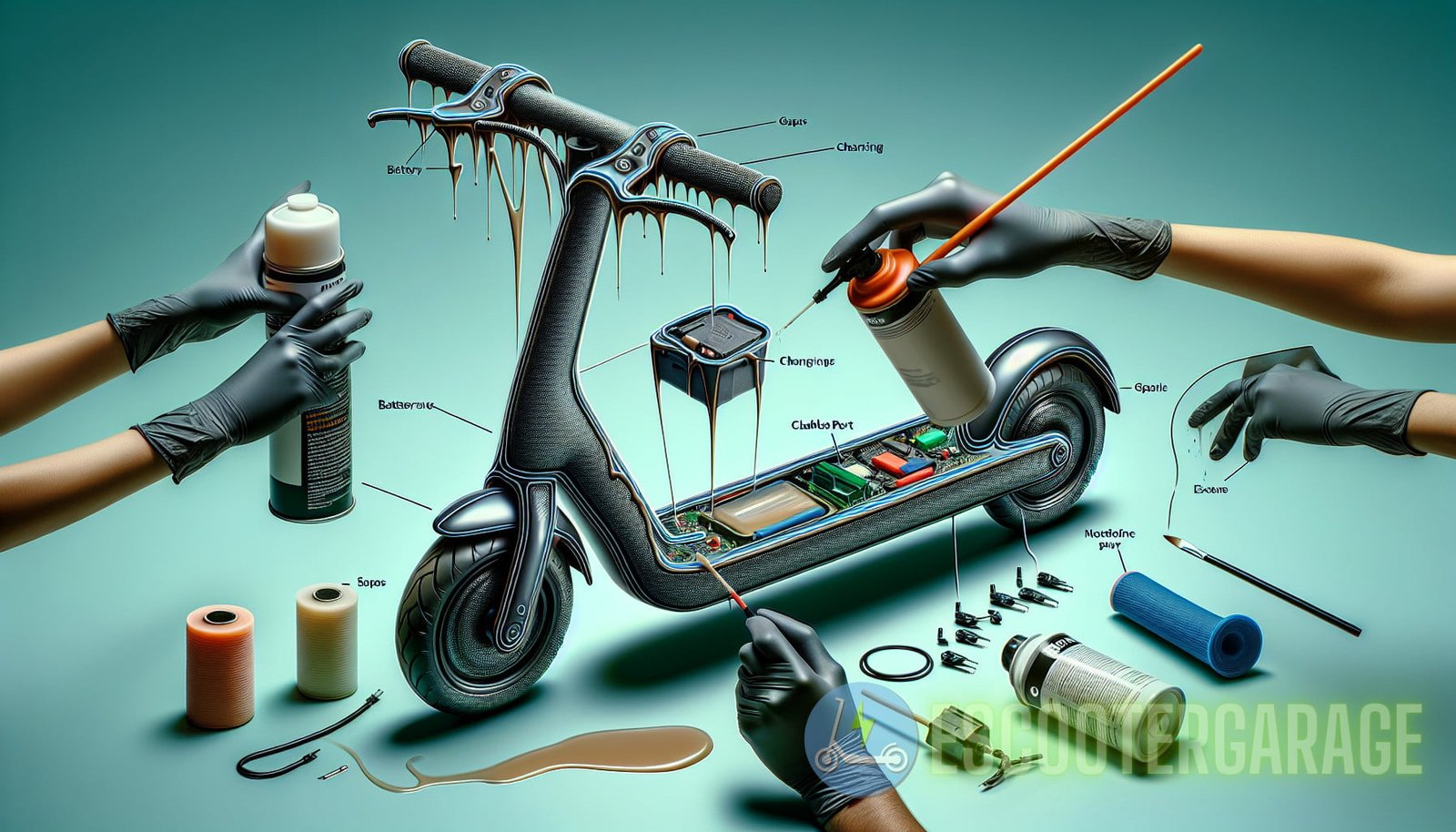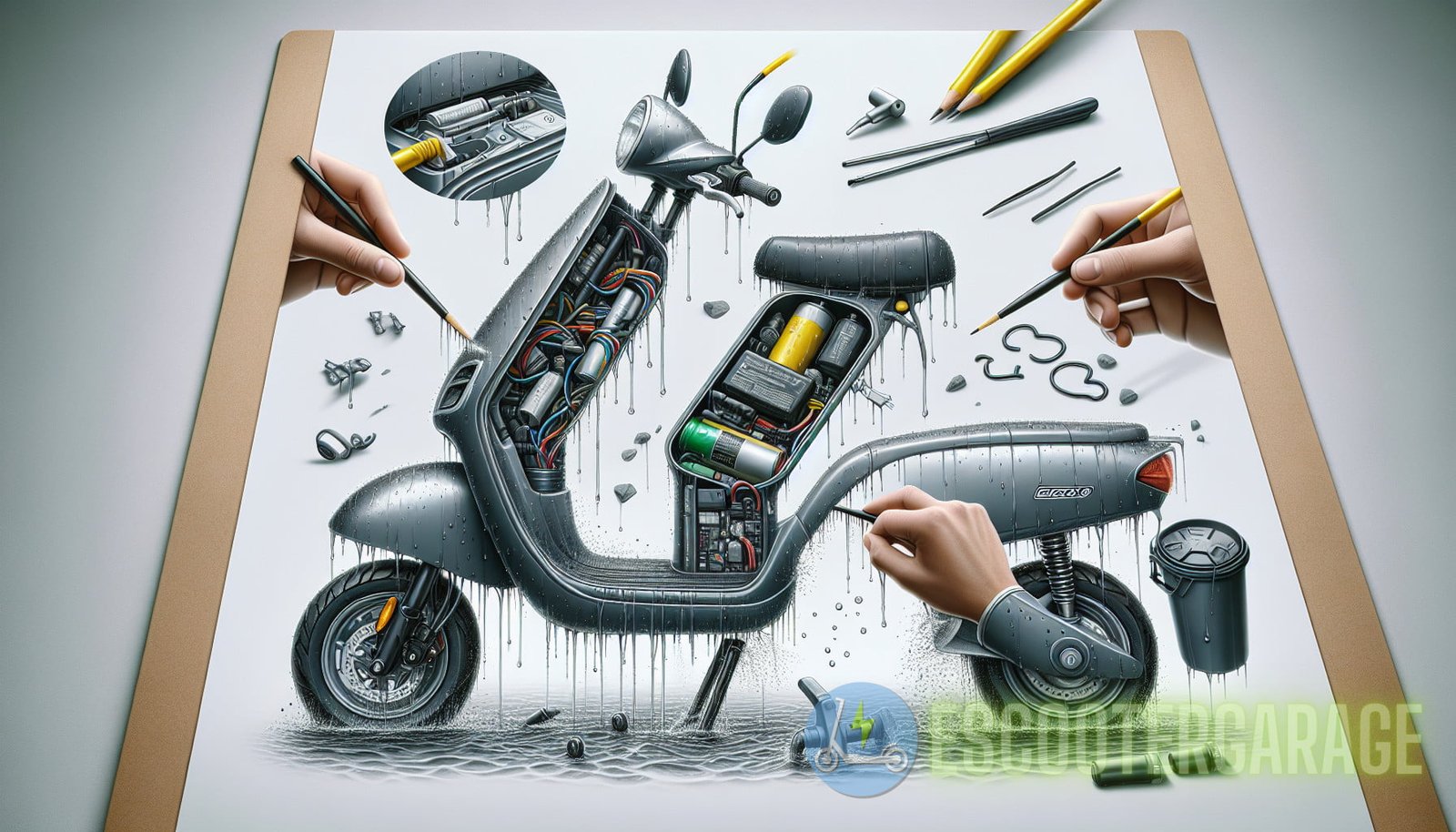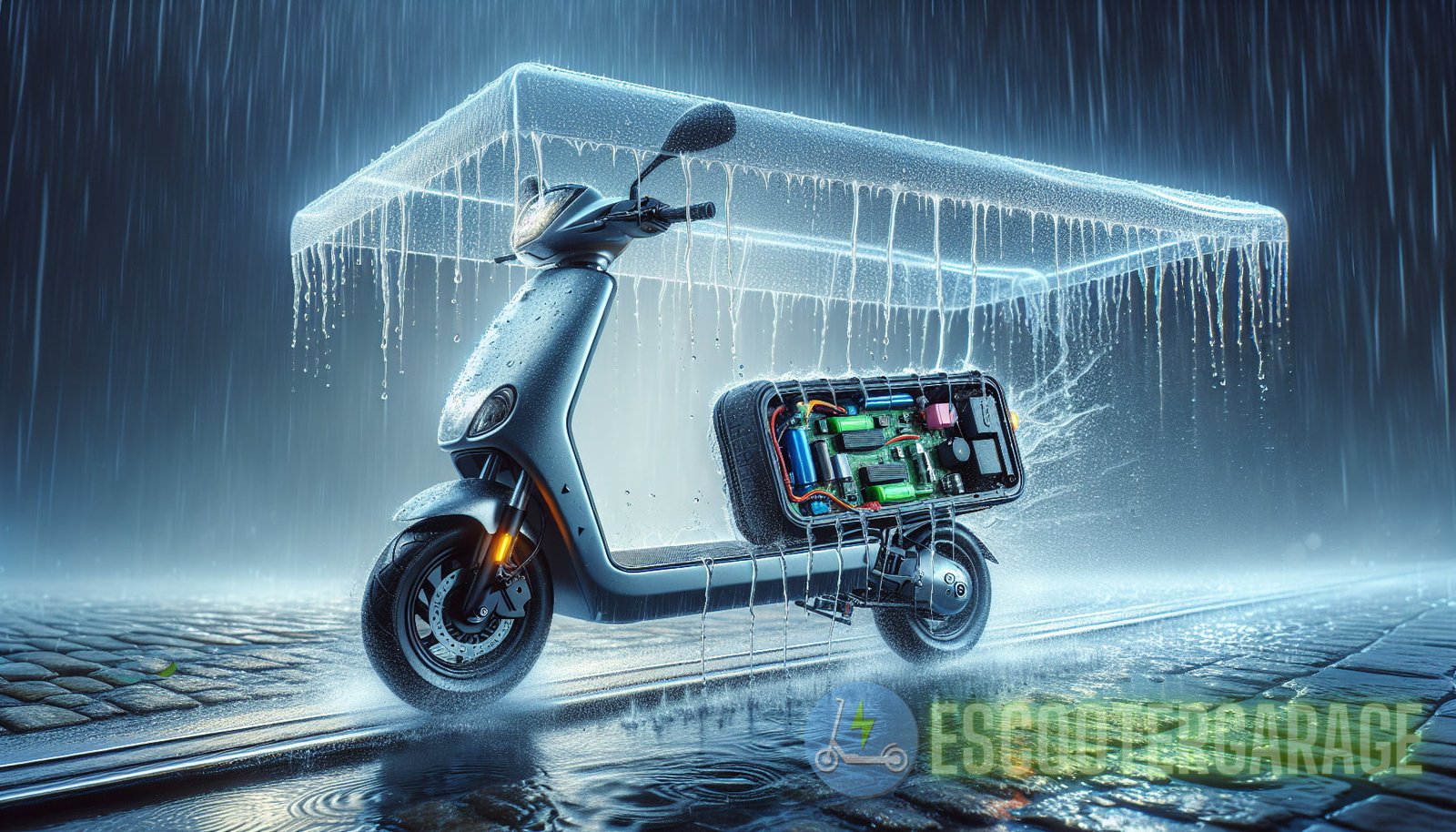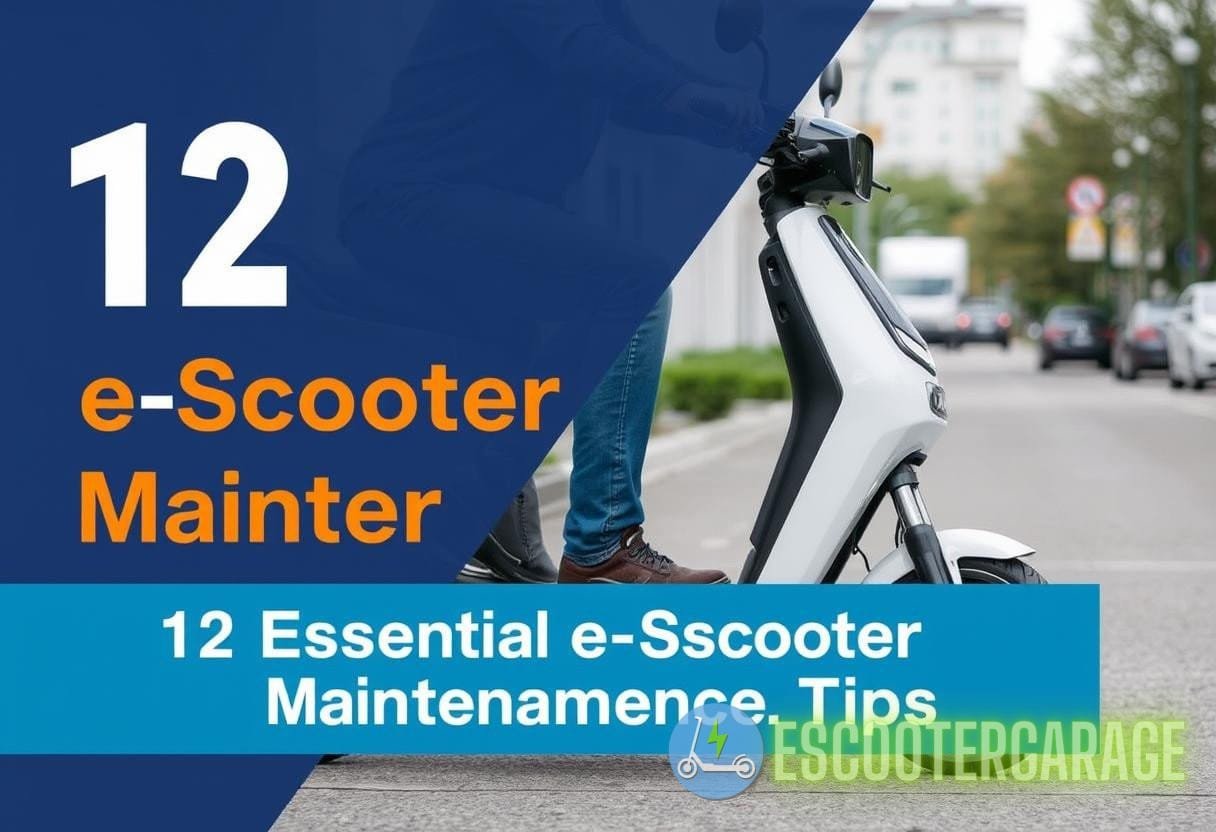Introduction
With the rise in popularity of electric scooters (eScooters), more and more people are enjoying the convenience and eco-friendliness of this mode of transportation. However, one common issue that eScooter owners face is the vulnerability of electrical components to liquid damage. Whether it’s a sudden rainstorm or an accidental spill, exposure to water can cause serious damage to these sensitive parts.
In this comprehensive guide, we will explore the importance of waterproofing eScooters and provide you with practical tips on how to protect your scooter from liquid damage. By following these steps, you can ensure the longevity and optimal performance of your eScooter.
Why is Waterproofing Important for eScooters?
eScooters contain various electrical components, including the battery, motor, controller, and wiring. These components are susceptible to water damage, which can lead to a range of issues, such as:
- Short circuits: When water comes into contact with electrical circuits, it can disrupt the flow of electricity and cause short circuits, leading to the malfunctioning of the scooter.
- Corrosion: Water can cause corrosion on metal parts and connectors, compromising their functionality. Over time, this can result in decreased performance and potential failure of the electrical system.
- Electrical shock: If water seeps into the battery compartment or other areas with high voltage, it can create a risk of electrical shock for both the rider and anyone coming into contact with the scooter.
- Voiding warranty: Most eScooter manufacturers do not cover water damage under warranty. Therefore, failure to waterproof your scooter may result in costly repairs or replacement parts.
By taking proactive measures to waterproof your eScooter, you can protect its electrical components, prolong its lifespan, and avoid unnecessary expenses.
How to Waterproof Your eScooter
Now that you understand the importance of waterproofing your eScooter, let’s explore some effective methods to keep your scooter safe from liquid damage.
1. Seal All Entry Points
Start by inspecting your eScooter for any openings or areas where water could potentially enter. Common entry points include:

- Battery compartment
- Charging port
- Cable connections
- Joints and seams
Use a silicone-based sealant to cover and seal these entry points. Apply the sealant evenly, ensuring that no gaps or exposed areas are left. Be thorough in your inspection to avoid any potential weak spots.
2. Apply Waterproofing Spray
Another effective method to protect your eScooter is by using a waterproofing spray or coating. These products create a protective layer on the surface of your scooter, preventing water from seeping into the electrical components.
Before applying the spray, make sure to clean your eScooter thoroughly and remove any dirt or debris. Follow the manufacturer’s instructions for application, ensuring that all areas are adequately covered. Pay extra attention to the battery compartment, as this is a critical area prone to water damage.
3. Upgrade to Water-resistant Components
Consider upgrading certain components of your eScooter to water-resistant alternatives. This can include water-resistant cables, connectors, and electronic modules. By using components specifically designed to withstand exposure to water, you can significantly reduce the risk of damage.
When selecting water-resistant components, ensure that they are compatible with your eScooter model. Consult the manufacturer’s website or contact their customer support for guidance on suitable upgrades.
4. Protect the Battery
The battery is one of the most crucial and expensive components of an eScooter. Properly protecting the battery is essential for maintaining its performance and longevity.
Start by ensuring that the battery is securely enclosed in a waterproof compartment. If your eScooter does not come with a waterproof battery housing, you can consider purchasing a waterproof battery bag or cover specifically designed for your battery type.

Additionally, make it a habit to regularly inspect the battery compartment for any signs of water intrusion. If you notice any moisture, be sure to dry it thoroughly before using the eScooter.
5. Use Fenders and Mudguards
While not directly related to waterproofing electrical components, using fenders and mudguards can help minimize the amount of water splashing onto your eScooter. These accessories can prevent water from reaching critical areas, such as the battery compartment and cables.
Investing in high-quality fenders and mudguards suitable for your eScooter model can significantly reduce water exposure and protect your scooter from potential damage.
6. Store Your eScooter Properly
When not in use, it is crucial to store your eScooter properly to prevent water damage. Avoid leaving it outdoors or in areas prone to moisture, such as basements or garages with leaks. Instead, choose a dry and secure location for storage, preferably in a covered area.
If you live in a region with heavy rainfall or snowfall, consider investing in a durable cover specifically designed for eScooters. These covers provide an additional layer of protection against water and other environmental elements.
Conclusion
Waterproofing your eScooter is an essential step in protecting its sensitive electrical components from liquid damage. By following the tips outlined in this comprehensive guide, you can ensure the longevity and optimal performance of your eScooter.
Remember to seal all entry points, apply a waterproofing spray, consider upgrading to water-resistant components, protect the battery, use fenders and mudguards, and store your eScooter properly. By taking these measures, you can enjoy your eScooter worry-free, even in rainy or wet conditions.
For more detailed information on eScooter repairs and replacing parts, refer to the comprehensive guide available at https://escootergarage.website/repair-guides/mastering-escooter-repairs-a-comprehensive-step-by-step-guide-to-replacing-parts/.



